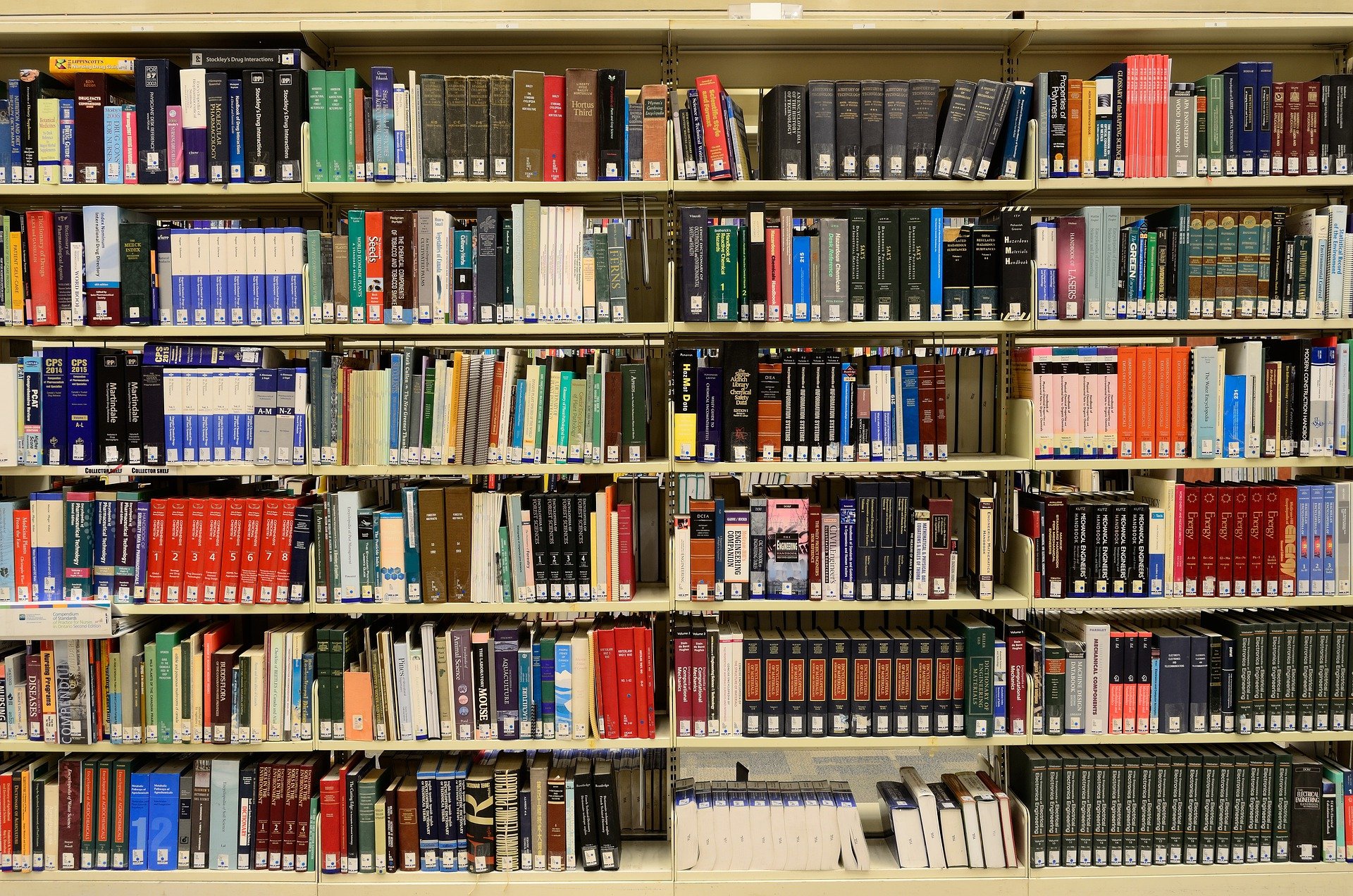Internationalization at Home - Actors’ Perspective Facing the New Normalitie
DOI:
https://doi.org/10.29059/educiencia.v7i2.223Keywords:
Internationalization, Higher Education, Internationalization at homeAbstract
In order to analyze the internationalization process (I) and its results, considering scenarios, actors and perspectives, a long-range research project was started. The I is analyzed from the speeches of managers, academics, students of a public university in Mexico, and their various manifestations in practice. Higher education institutions have focused recently on strengthening teaching, research and management in a global way, seeking excellence, local, regional, national and international. This has been analyzed and documented with this project. Internationalization at Home (CI) is now addressed, which according to Beelen, J. (2011), was introduced in 1999 with the aim of making students competent interculturally and internationally without leaving their own city. The distinction of what this implies is necessary for those involved to use the terms with precision and with the same meaning, in addition to making it possible, as De Wit (2011) points out, not to lose sight of the importance of returning to the origin and look closely at the what, why and how of internationalization. The analysis of the information collected through online questionnaires is carried out considering categories such as: International awareness and intercultural skills, links between the levels of policy, planning and project (vertical dimension); the academic, the administrative and the operational (horizontal dimension) and the features: systemic, inclusive in its implementation and articulated at all strategic levels of university academic life. In this work, the findings and analysis of the items related to international awareness and intercultural skills, the perspective of teachers and students, are presented.
References
Beelen, Jos (2011). «La internacionalización en casa en una perspectiva global: un estudio crítico del Informe del 3.er Estudio Global de la AIU». En: «Globalización e internacionalización de la educación superior» [monográfico en línea]. Revista de Universidad y
Sociedad del Conocimiento (RUSC). Vol. 8, n.º 2, págs. 85-100. UOC. [Fecha de consulta: 12/07/2020]. ISSN 1698-580X
De Wit, H. (2011). Globalización e internacionalización de la educación superior. RUSC. Universities and Knowledge Society Journal, 8 (2). pp. 77-84. DOI: https://doi.org/10.7238/rusc.v8i2.1247
Gaete Quezada, Ricardo, & Bratos Martín, Miguel. (2012). Una mirada a la internacionalización universitaria desde la perspectiva de la responsabilidad social: discursos de los jóvenes investigadores. Estudios pedagógicos (Valdivia), 38(1), 255-272. https://dx.doi.org/10.4067/S0718-07052012000100015 DOI: https://doi.org/10.4067/S0718-07052012000100015
Knight, J. (s.f.) Internacionalización y aseguramiento de la calidad: conceptos. Calidad e internacionalización en la educación superior. México: ANUIES.
Recuperado 7 de junio, 2020 de https://www.ugto.mx/internacional/images/pdf/4a.pdf
Luchilo, Lucas (2006). Movilidad de estudiantes universitarios e internacionalización de la educación superior.
Revista Iberoamericana de Ciencia, Tecnología y Sociedad - CTS, 3(7),105-133.[fecha de Consulta 20 de julio de 2020]. ISSN: 1668-0030. Disponible en: https://
www.redalyc.org/articulo.oa?id=924/92430707

Downloads
Published
How to Cite
Issue
Section
License

This work is licensed under a Creative Commons Attribution-NonCommercial-ShareAlike 4.0 International License.
Derechos de autor (copyright)
Los autores concederán por escrito a la revista Educiencia la propiedad de los derechos de autor, lo que permite que su artículo y materiales puedan ser reproducidos, publicados, editados, fijados, comunicados y transmitidos públicamente en cualquier forma o medio, así como su distribución en el número de ejemplares que se requieran y su comunicación pública, en cada una de sus modalidades, incluida su puesta a disposición del público a través de medios electrónicos, ópticos o de cualquier otra tecnología, para fines exclusivamente científicos, culturales, de difusión y sin fines de lucro.




